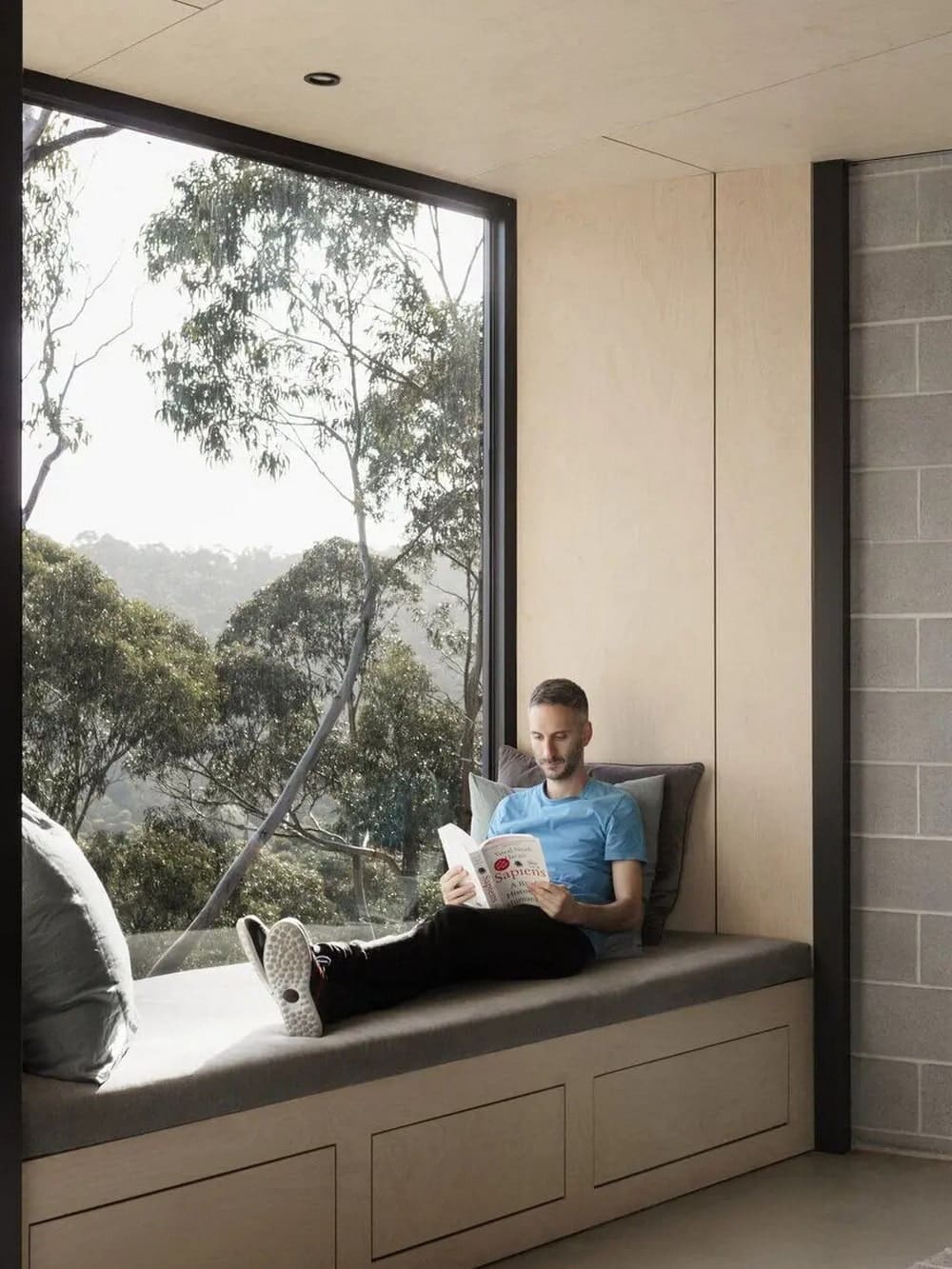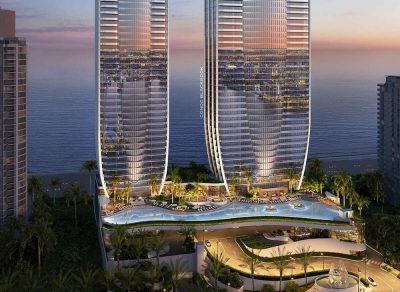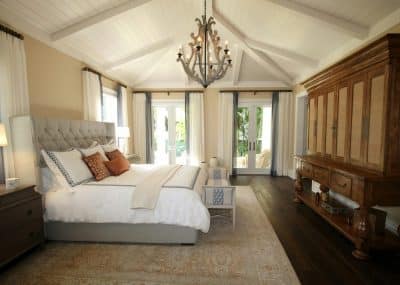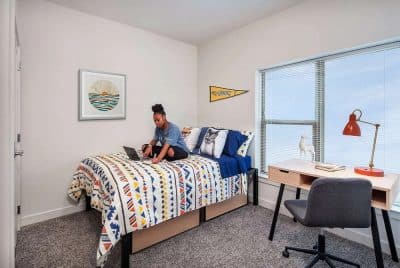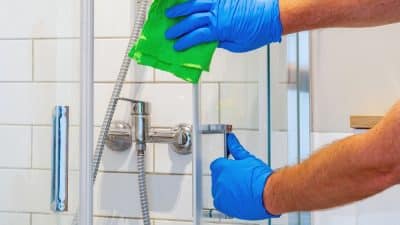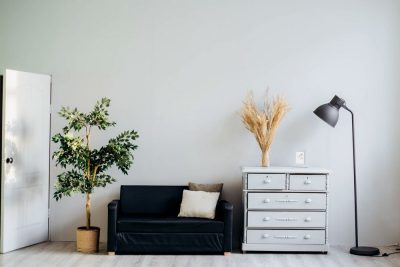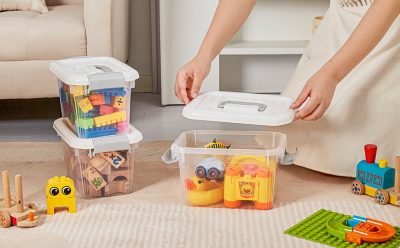
Natural light is one of the essential elements in designing a building. It makes any interior space look more vibrant, spacious, and airy. Plus, it can contribute to a building’s energy efficiency.
Window placement is one of the most significant factors in improving natural light within a space. For instance, an apartment can have windows only on one side. Still, it can illuminate two different rooms if planned strategically.
That said, here’s how optimal window placements improve natural light.
1. Spreads Light Evenly In Different Rooms
Optimal window placements improve natural lighting by spreading it evenly in different rooms. When the windows are in the proper position, they can capture daylight that brightens up the interior space.
Architects and designers create plans according to the location of a building. The windows are placed through exterior walls getting enough sunlight throughout different seasons. This practice makes the structure brighter during the day while utilizing natural light.
The window type also helps capture light without radiating too much heat in some cases. For instance, double-glazed aluminium sliding windows are perfect for brightening up rooms without imposing additional costs on your cooling system.
There are still tricks to spreading light evenly if you’re in an apartment where it’s impossible to create additional windows. In a residential space, you may transfer all the common areas near the windows. Instead of creating solid interior walls, you may build glass walls to lighten up even the enclosed rooms. Then, add some drapes for privacy if needed.

2. Maximizes Daylight Utilization
Placing the windows to get the optimum sunlight can effortlessly flood the space with natural light at any time of the year. Aside from utilizing free lighting, you can also save from the heating cost during winter.
Maximizing daylight utilization for lighting and heating is one of the best benefits of improving natural light within a building. Facing the windows towards the north is one of the optimal positions to get an indirect yet vibrant glow throughout the day. The subtle exposure to sunlight prevents glaring and overheating.
On the other hand, south-facing windows bring direct sunlight into a room. This won’t be a problem if the building is located in colder regions. However, those near the equator may struggle with too much heat during summer. Installing drapes or blinds is one trick to prevent this issue.
Furthermore, placing the windows on the east and west sides helps you maximize the sunrise and sunset. Improving natural light in the morning effectively sets up a brighter mood for the day. While watching the sunset through the west-facing window creates a relaxing atmosphere.

3. Controls Light Brightness
Placing windows in specific locations can help control natural light. While it’s often best to flood the whole space with sunlight, sometimes it can create glares that may cause distraction. In this case, knowing how to improve natural light without increasing sun exposure is necessary.
Optimal window placements improve natural light without taking a toll on the building’s function and energy efficiency. By controlling the sunlight that passes through each window, you can keep a space well-lit while maintaining the temperature.
One way to control brightness is to open up north or northeast-facing windows throughout the day. Capturing indirect sunlight is enough to improve natural light, especially during winter. Plus, you can maximize free heating coming from the sun.
If the windows in your home, apartment, or commercial building face direct sunlight most of the day, it’s best to have them tinted. Installing curtains and blinds will also help diffuse the light.
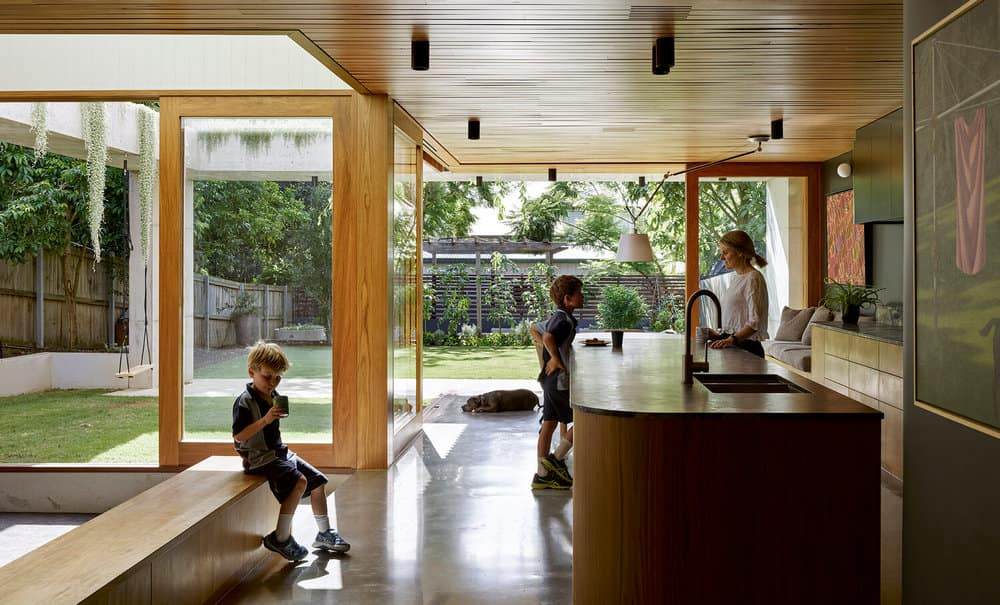
4. Opens The Space To The Outdoors
Improving the natural light by connecting the outdoors and indoors creates a harmonious and relaxing ambiance. For locations with scenic views, optimal window placement is necessary to take advantage of the environment.
Opening the interior space to the outdoors is one of the factors in deciding where to place the windows. Aside from improving natural light, it also brings in outdoor elements to make the area feel more organic and closer to nature. For instance, homeowners place windows through walls where they can see plants and trees.
Moreover, strategically placing the windows can help create a subtle and seamless transition from indoors to outdoors. For residential spaces, it’s one way to connect the outdoor living area to the main house. If there’s a garden, the colors of the plants, trees, and flowers will radiate through the windows, bringing a colorful glow into the home.
When constructing a residential or commercial building, finding the best outdoor scenery is one of the deciding factors on window placement. It brings in natural light and other elements to adorn the space.
Conclusion
Optimal window placements improves natural light by being aware of the environment and maximizing its potential. It’s nature’s gift to modern architecture that designers and builders shouldn’t take for granted.
